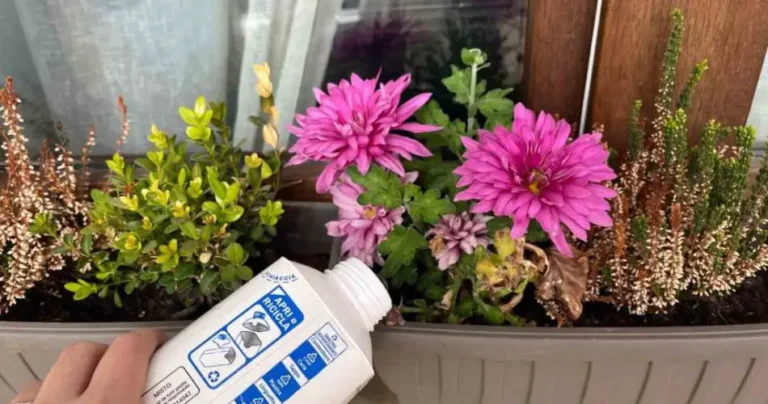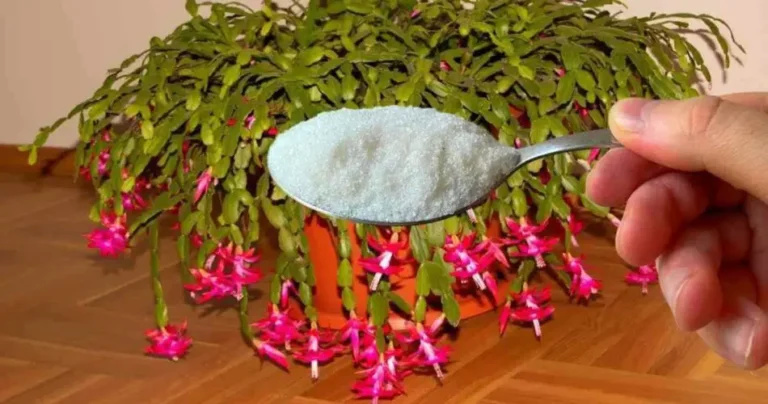Lily flowers: all about planting and caring for lilies.
Lily flowers: all about planting and caring for lilies.
- Some lilies are among the oldest ornamental plants in the world.
- Lilies are not only valued as ornamental plants or cut flowers, but they also have special cultural significance.
- These elegant plants are suitable for both outdoor and indoor use.
Lilies are powerful, beautiful flowers that make excellent garden or houseplants. Find out here what you should pay attention to when planting and caring for lilies!
Caring for lilies: The best tips
Lilies are popular worldwide due to their stunning flowers and wide range of colors and are mainly found as cut flowers. There are around 125 species of this genus of plants, which belongs to the Liliaceae family, and some species are among the oldest ornamental plants.
Furthermore, they have a long cultural history and remain an important symbol today, for example in literature or religion. In Christianity, lilies symbolize hope, light, and connection to God. In a purely cultural context, the classic white lily symbolizes beauty, purity, dignity and femininity. The red fire lily symbolizes love, while the yellow lily symbolizes vanity and the desire for recognition.
The lily is also used as a food and medicinal plant. Except for the stem, all parts of most lily species are edible, but be careful, you should always find out beforehand if it is really a non-poisonous species. In Chinese cuisine, flower bulbs are especially valued and are eaten fresh or dried. Lilies are used less frequently in European cuisine and are mainly found in fusion cuisines or fine dining restaurants.
Origin
Due to their evolutionary origins in the Himalayas, lilies are most widespread on the continents of the northern hemisphere. They prefer temperate or subtropical climates and regions with abundant rainfall and feel especially at home in China, but also in Japan, North America, the Caucasus or Europe. Even in France you can find a naturally growing lily. The native species is the Turkish lily, also called Lilium martagon, which grows in the southern Black Forest and the Allgäu Alps.
The optimal location
In nature, lilies prefer herb-rich coniferous and deciduous forests on rocky and primary limestone soils in a cool, partially shaded location. In the mountains it can also grow in meadows above the mountain forest. In general, lilies prefer a sunny location without direct sunlight, which applies to both indoor plants and garden lilies. If possible, the base of the flower should be in the shade.
How to prune lilies
Lilies are pruned as soon as their dormant period is over, the shoots die back, or they are to be used as cut flowers. Aside from vase pruning, lilies should only be pruned when they have finished blooming. To do this, we do not cut the stem, but rather the withered flowers.
Planting lilies: that’s how it works!
Would you like to enjoy your lilies for a long time and prefer to grow them yourself instead of spending money on cut flowers? Actually, it is quite simple! To do this, purchase fresh lily bulbs that have vital, well-developed roots at the bottom of the bulb. The best time to plant lilies is late summer or early fall. Make sure the soil is loose, well-drained, and has a neutral to low pH. A tip: If the soil is enriched with humus (leaves) before planting, the conditions for growth and prosperity are even better.
The bottom layer of soil should consist of coarse-grained gravel, with a mixture of sand, compost and garden soil on top. The bulb must also be wrapped with sand. The planting depth of the bulb depends on its height, that is, it should be planted two or three times deeper than its height. Lilies, especially small varieties, are also easy to plant in containers that can be placed directly indoors or brought indoors for the winter.
Here we will show you how to determine the type of soil in your garden to find the right soil for your plants. Are you looking for the perfect fertilizer? Natural fertilizers like eggshells, coffee grounds, and others are good for your plants. This is how you can compost.
Watering water lilies: how much water do they need?
The soil should always be moist, but not too moist. Excessive or insufficient watering harms the development of plants and can cause them to dry out or rot. Provide good drainage and water plants as soon as the soil feels dry. Especially in hot climates, it is worth checking periodically and possibly watering several times a week.
Fertilize lilies: when, how often and with what?
Lilies are generally considered to be strong-growing bulb flowers, meaning that they can withstand the substrate in which they were planted for about two years after planting, but then their effectiveness decreases significantly. It is best to use low-nitrogen fertilizers, but above all organic, such as lambskin, horn shavings or compost. This is not only more environmentally friendly, but also promotes soil life. Otherwise, rhododendron fertilizer is also suitable.
Before fertilizing, all spent flowers should be removed so that the plant has enough energy. To stimulate growth, garden lilies are fertilized one to three times a year. Potted plants need more support and are therefore fertilized every two to four weeks.
Here we have some tips to help you make your own compost. Would you like a flower meadow or an orchard? You can also build a raised bed for this. Even more knowledge for hobby gardeners: hydrangeas, tomatoes and strawberries need this soil to grow optimally.
How to winter lilies
To overwinter in the garden, it is important that it is a hardy variety of lily. You can get more information about this in advance from your gardener, hardware store or garden center. As soon as the first frosts have passed, the withered leaves are cut off about a hand’s breadth from the ground and then everything is covered with a protective layer of branches, straw or twigs on the bed. .
If it is not a cold-resistant type of lily, the flower is dug up before the first frost, planted in a pot or container and stored in a dark, cool, frost-free place protected from rain.





